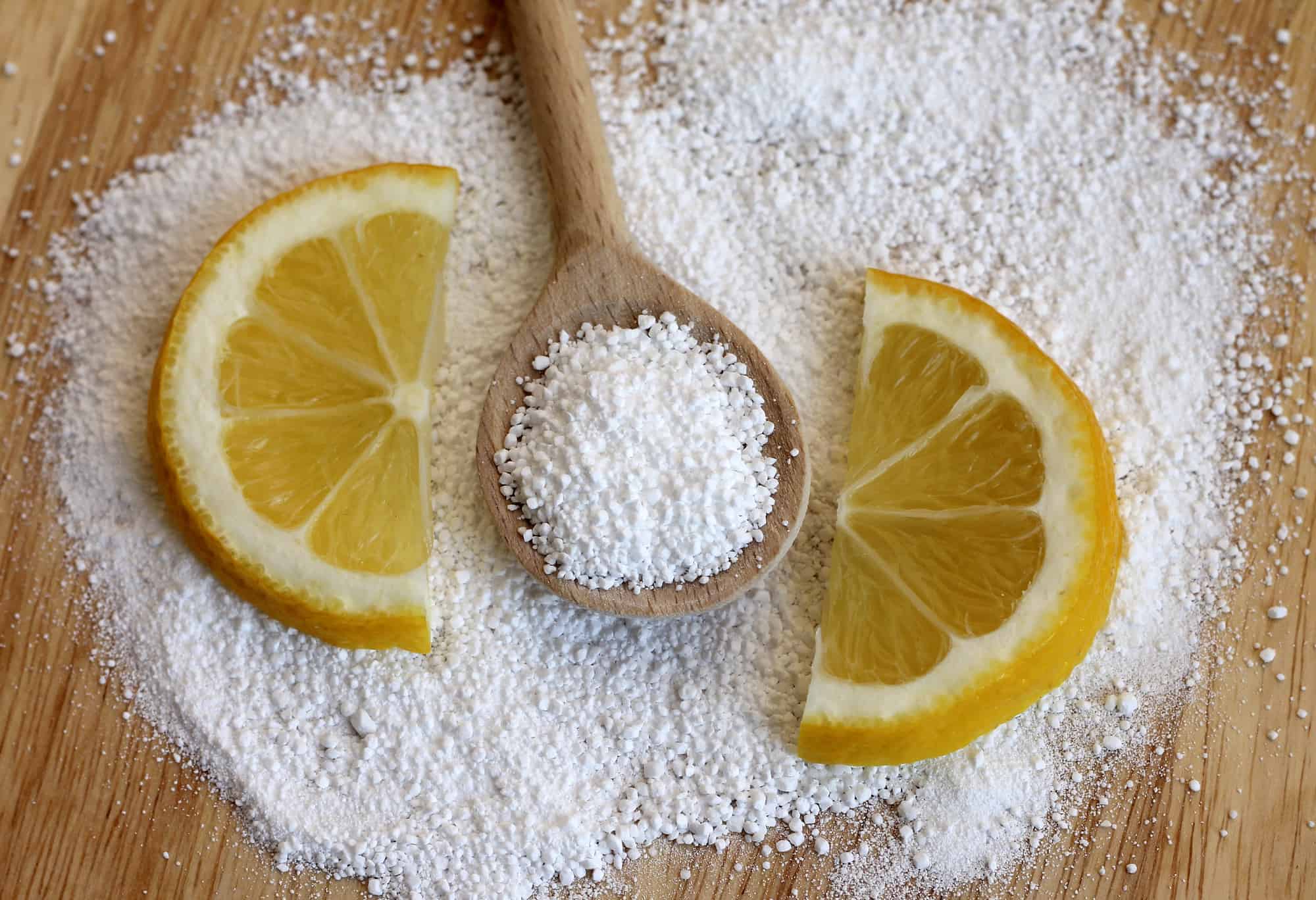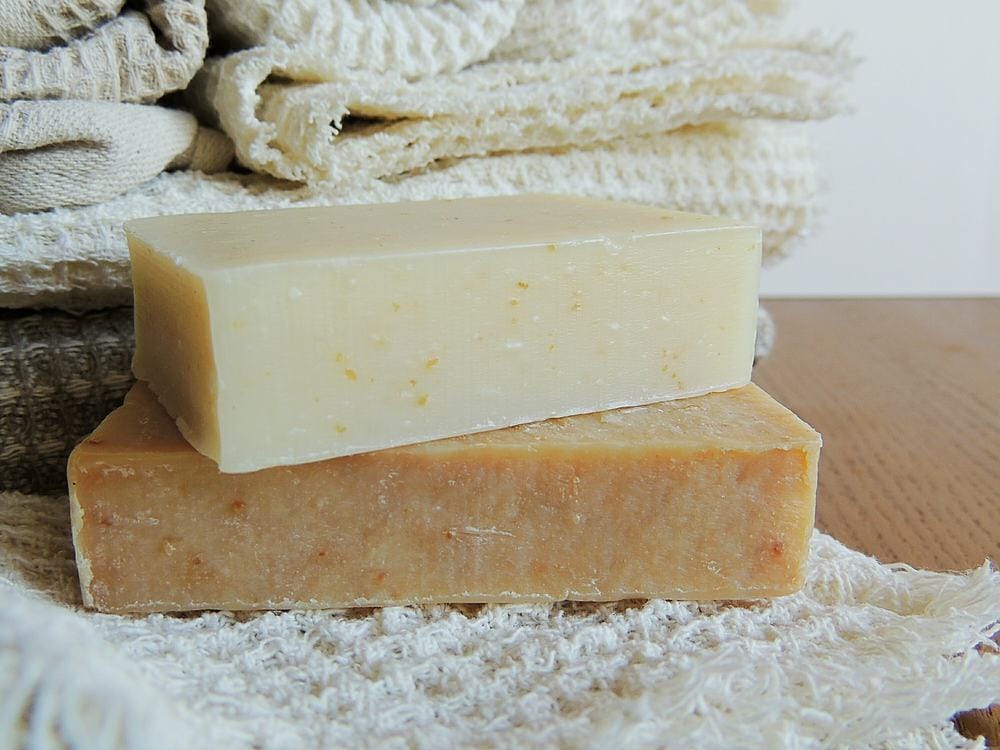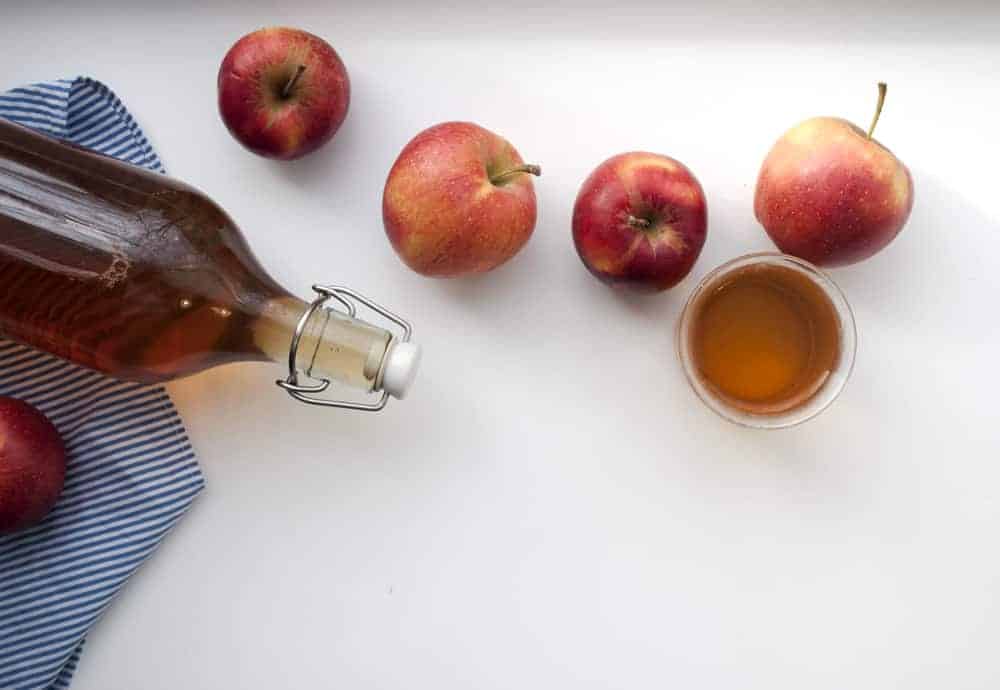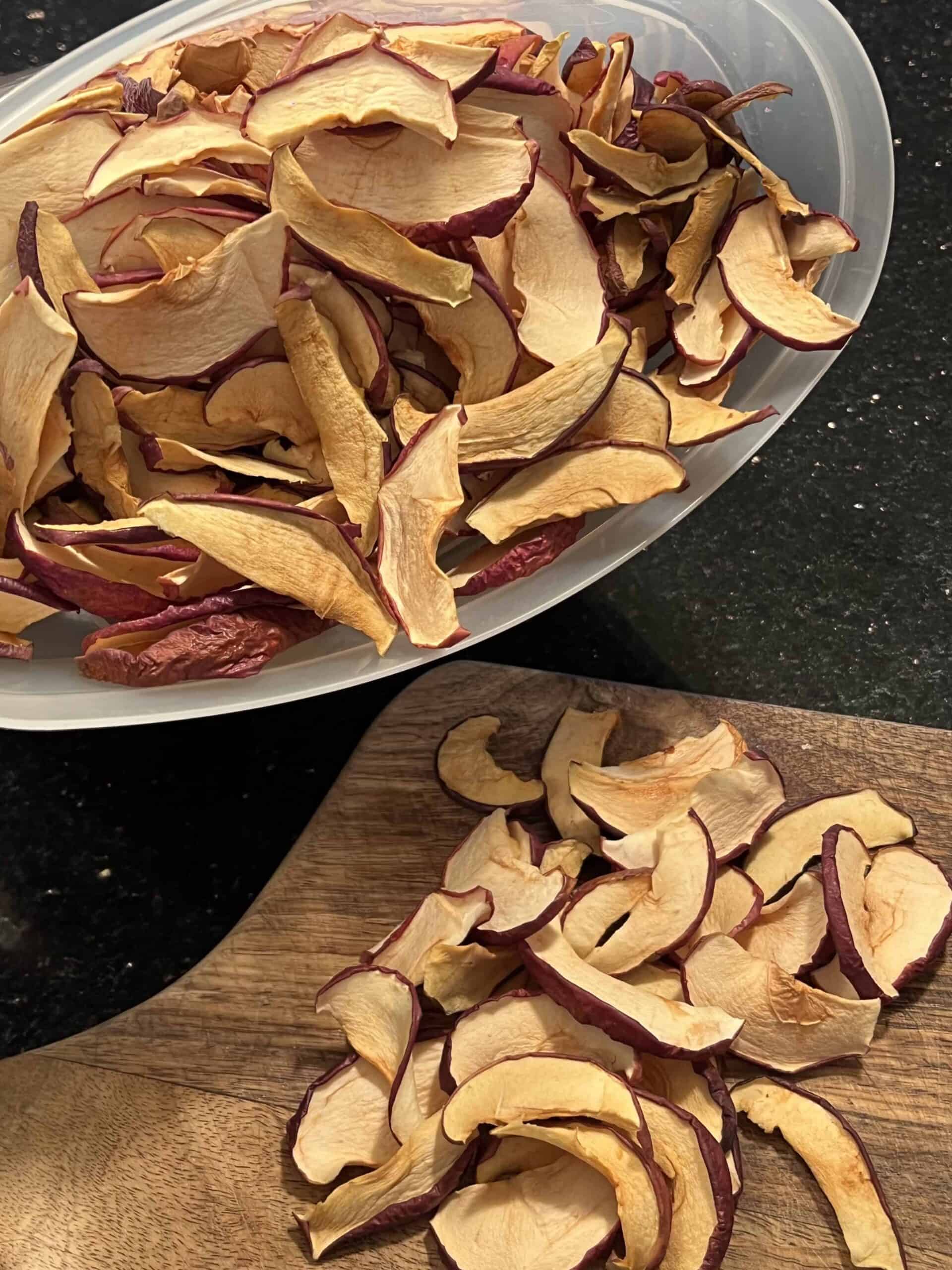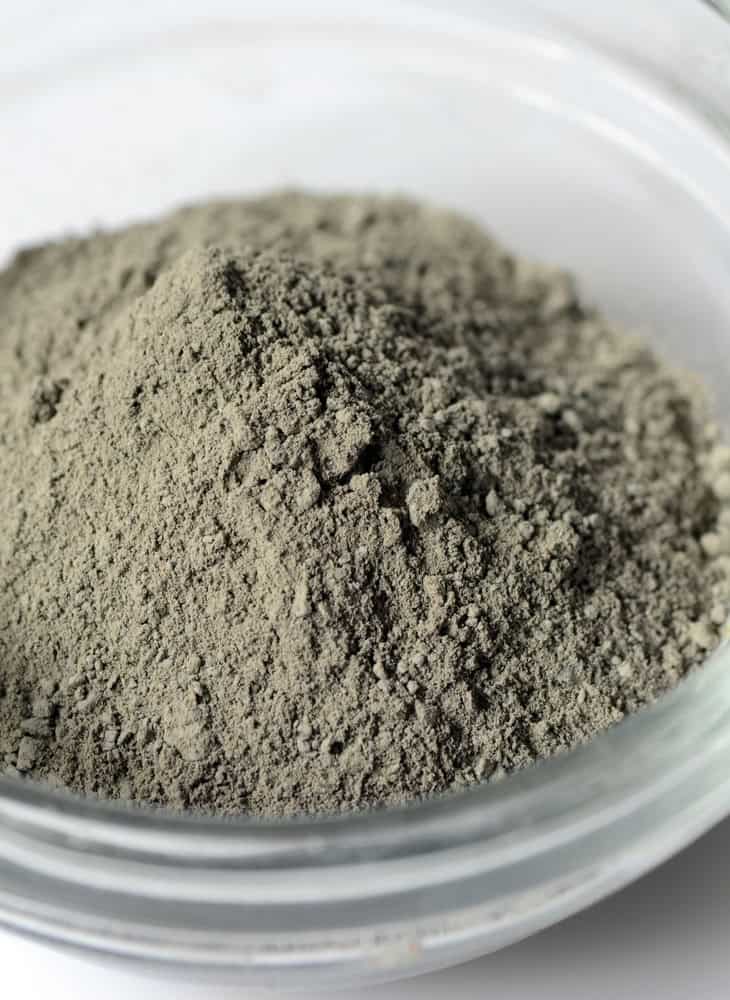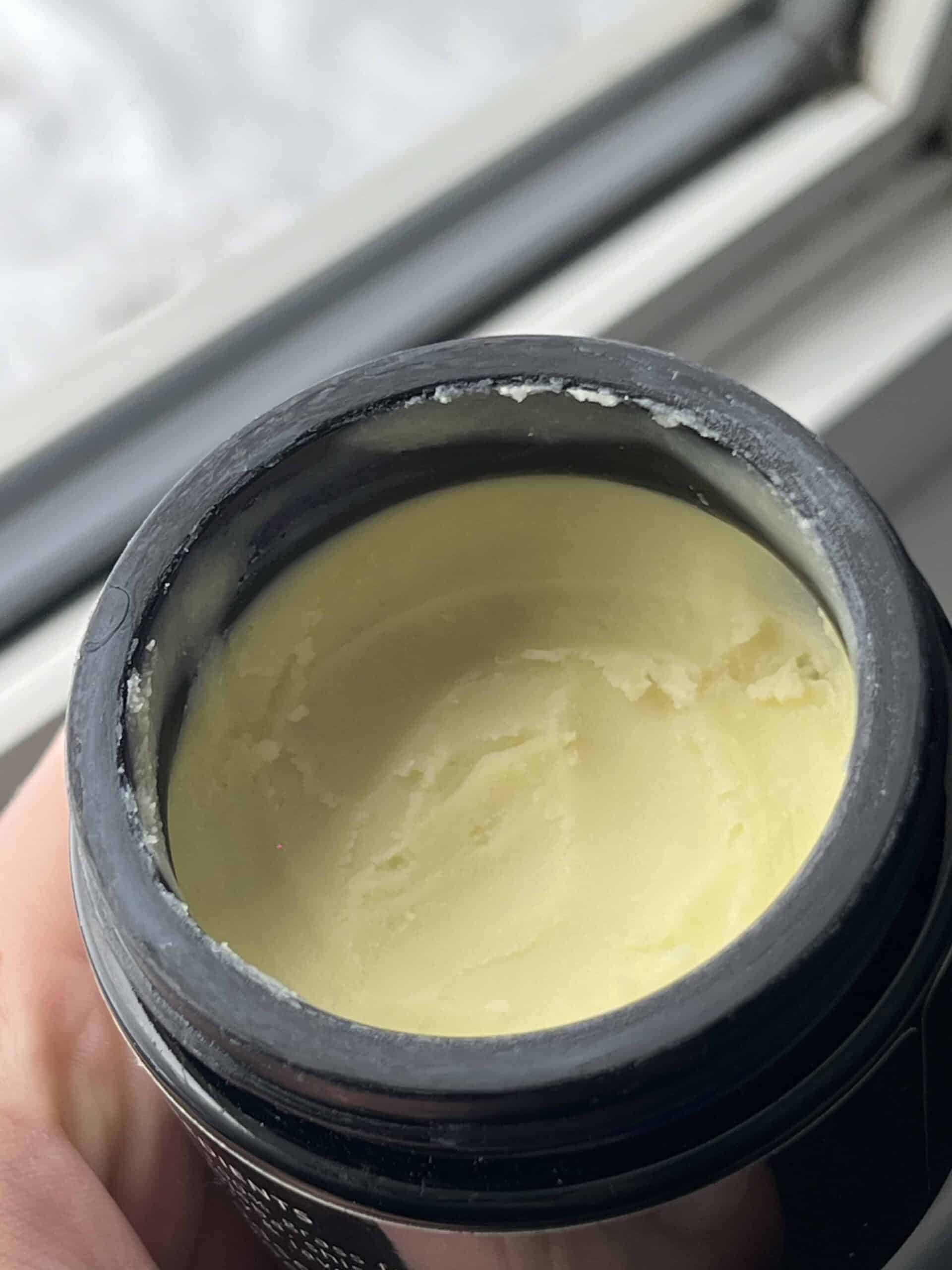Tallow vs Lard: Which Is Better?
Tallow vs lard, what’s the difference? Which should you use?
I’m sure you’ve heard of tallow and lard before. Both are animal fats that are the best alternatives for toxic seed oils for several reasons
- Great for cooking
- Add nutritional value to your meals
- Natural source, not made by a toxic processing.
Tallow even has benefits beyond nutrition – hello, glowing skin! If you’ve never heard of using rendered tallow for healthy, glowing skin check out Is Tallow Good For Skin? The Natural Secret To Radiant Skin.
Both tallow and lard have been used for centuries, way before seed oils even became a thing. That’s because they come from a natural source (animals), are easy to process and use, and are healthy and safe for the body.
Time tested nutrition is the best wisdom you can follow.
Key Takeaways:
- Understanding tallow vs lard is essential for making informed choices in cooking and skincare.
- Both tallow and lard are great for cooking but differ in their uses.
- Explore tallow vs lard nutrition highlights and the health benefits of both.
Defining the Fats
So, what exactly is the difference between tallow vs lard?
Let’s start with tallow. Tallow is made from beef or sheep fat. It is commonly used in candles, soaps, face and body balms, natural sunscreens and is also a staple in the traditional kitchen for its high smoke point.
Then there’s lard, the softer, pork-derived fat that has baked its way into our hearts and pastries, thanks to its incredible texture and mild flavor. When thinking about tallow vs lard for cooking, their unique qualities shine; tallow for its beefy taste in savory dishes and lard for creating flaky pastries.
If you’ve ever wondered, “Is tallow healthier than lard?” or compared tallow vs lard nutrition, you know each holds its own, making them invaluable in both diet and application.
Let’s dive in!
Tallow VS Lard for Cooking
Tallow vs lard for cooking— both are unique in their separate uses.
Tallow, with its higher smoke point, is better for frying and roasting. I like to use tallow in many different ways in the kitchen – frying, for sautéing onions, garlic and veggies as a base for soups, stews and pasta dishes, and roasting vegetables in the oven.
Tallow is very versatile and can be used for any savoury dishes. Anytime you would usually use a seed oil, you can likely use tallow instead.
Its beefier taste adds an extra layer of flavour that always elevates a dish.
Anytime I use tallow in my cooking, people always ask what I put in it because it gives it such a rich flavour.
On the flip side, when it comes to baking and light sautéing, lard is fantastic. Its softer texture and more neutral taste make it a staple in my kitchen, too.
Whether I’m making a flaky pastry or cooking an omelet, lard gives it that delicious buttery texture without the beefy flavour.
So really, when deciding between tallow vs lard for cooking, it’s all about matching their unique characteristics to the cooking method.
Baking with Tallow and Lard
In baking, I always go with lard.
It’s all about the texture and how it interacts with flour. Lard has an amazing ability to create flaky pastries that just melt in your mouth.
Sometimes it’s even better than butter. (Yes! It’s true.)
It’s softer and more spreadable compared to tallow, which is more like butter when cooled. This makes a world of difference in pies and pastries.
And the flavour? Practically neutral. This means that whatever sweet or savoury profile you’re aiming for, lard won’t interfere. Whereas using tallow, with its slight beefy undertone, might not sit well in a batch of sweet treats.
Most people don’t want hints of beef in their apple pie! Right?
So, for baking, it’s lard for the win, every single time. What can you bake with lard? Honestly, pretty much anything. I use lard for homemade pie crusts, cinnamon rolls, American biscuits, and other European pastries.
What’s super interesting is that my parents and grandparents from Europe always talk about how lard was used in most of their cooking. From eating lard on toast for breakfast, soups, pastries – lard was the main fat.
And they were all healthy. Time-tested nutrition, folks!
Tallow and Lard in Skincare
When we dive into the world of natural skincare, the debate of tallow vs lard for skin is often asked.
Now, I get it – diving into the world of animal fats for skincare might seem a bit out there at first.
I know what you’re thinking. You said what? Animal fats as skincare?
All I can say is, don’t not knock it till you try it.
I started using tallow as moisturizer and body balm over a year ago now. For years I struggled with skin issues. I tried all sorts of skincare products – nothing really worked and usually they made the issues worse.
Then I stumbled upon tallow and ditched all of my expensive skincare products for just one balm. The result? I finally have healthy, glowing, hydrated skin – no breakouts, redness, irritation, dryness.
If you want to learn more, read Is Tallow Good For Skin? The Natural Secret To Radiant Skin. It’s seriously a game changer.
Sourced naturally, both tallow and lard have been used for centuries, offering deep cellular nourishment to the skin. Tallow, especially, with its rich vitamin content and similarity to natural human skin oils, provides an unrivalled level of moisture.
Tallow provides a greater concentration of nutritional benefits to the skin, making it a popular choice, but lard also offers hydration to skin.
Nutritional Comparison
Now, let’s dive into tallow vs lard nutrition.
Honestly, figuring out is tallow healthier than lard kind of feels like comparing superheroes – each has its unique strengths.
For starters, tallow is a powerhouse of vitamins like A, D, E, and K, not to mention its rich Omega-3s that make it a champion for our heart.
Lard might not boast the same vitamin lineup, but it’s chock-full of monounsaturated fats.
Plus, it’s your go-to for Vitamin D, a rare gem in the realm of fats.
Sustainable Sourcing
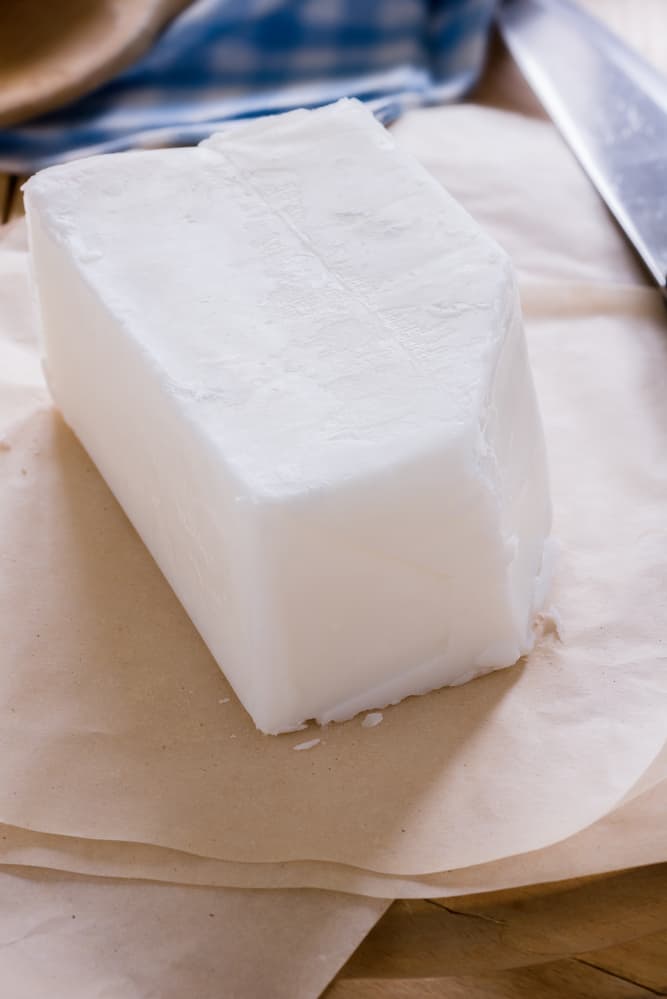
I think what’s best about switching to tallow and lard for cooking and skincare is the fact that it comes from a natural source.
Plant and seed-oils might sound good on paper, but they are heavily processed, many with the help of hexane – which is a carcinogen. If you haven’t heard of this before, check out Toxic Seed Oils To Avoid.
It’s all about sustainable sourcing. Using tallow and lard from grass-fed, grass-finished, and pasture-raised animals is as high-quality, nutrient-dense as you can get.
Whether it’s tallow uses beyond the skillet or debating is tallow healthier than lard, natural sourcing is the best of the best.
Something that seed oils can’t offer.
Creative Uses Beyond the Kitchen
Both tallow and lard are very versatile fats and can be used in many ways. These are some not-so-common uses of these traditional fats:
- Candles: Now that the majority of commercial candles are full of toxic volatile organic compounds (VOCs) and other irritants and fragrances, many are turning back to the tradition of making DIY homemade candles using tallow and lard. They are non-toxic, natural and most importantly safe and supportive of health and wellbeing.
- Soaps that Nourish Your Skin: All those commercials soaps and body washes that have dozens to hundreds of toxic ingredients, strip your skin of its natural protective oils and cause dryness, irritation and other negative health effects. Tallow and lard soaps leave your skin feeling rejuvenated, nourished, hydrated and are non-toxic, safe and natural.
- Exceptional Skincare: Tallow vs lard for skin? Both these fats weave their magic into skincare products, offering moisturizing properties that leave skin soft, supple, and grateful. From balms, lotions, moisurizers, sunscreens and lip balm – natural, health-supporting skincare that works!
The Bottom Line
When it boils down to it, tallow and lard are both healthy, nourishing fats. Both are incredibly versatile and can be used in many ways outside of the kitchen.
Ditch those toxic seed oils and grab yourself some natural, grass-fed tallow or lard. Your body will thank you!
It elevates your meals, provides additional nourishment to your body and does wonders for skin. Plus, if you’re crafty you can try your hand at making your own tallow soap or tallow candles!
Where Can I Buy Tallow or Lard?
You can find tallow and lard in some natural or healthy grocery stores. Make sure to always check where the product was processed, what the source is (Does it come from a farm?) and that the ingredients include only one ingredient!
If you can’t find it in a store near you, I would strongly encourage you to do an online search to find local butchers and livestock farms in your area. Many times local farms, shops and farmers markets offer fresh, grass-fed sourced tallow and lard for sale.
I buy both tallow and lard from a local farm! I love buying local because I know where it comes from and how the livestock is raised and fed, so I can be sure that it is high-quality and free of any additives and preservatives.
Plus, you’ll be supporting your local farmers! They are the backbone of our food system.
Which fat do you use in your home? Have any unique uses for these amazing fats?

